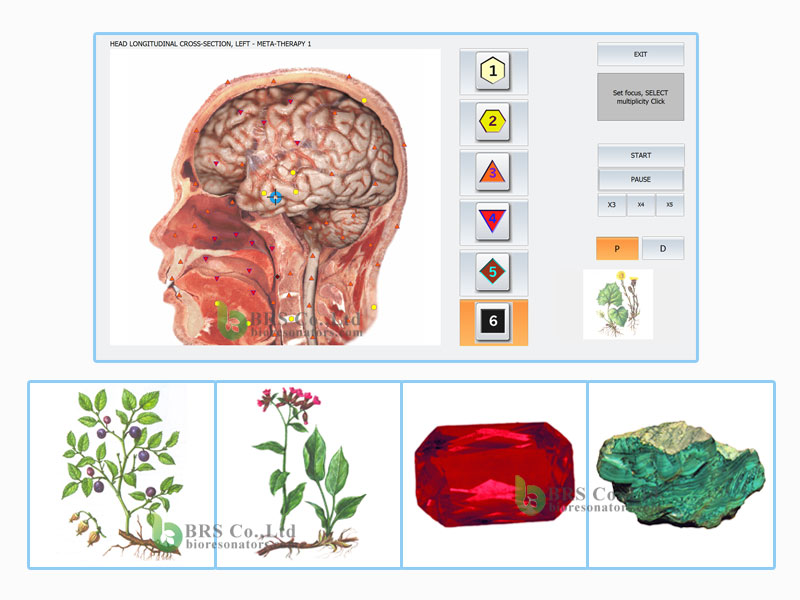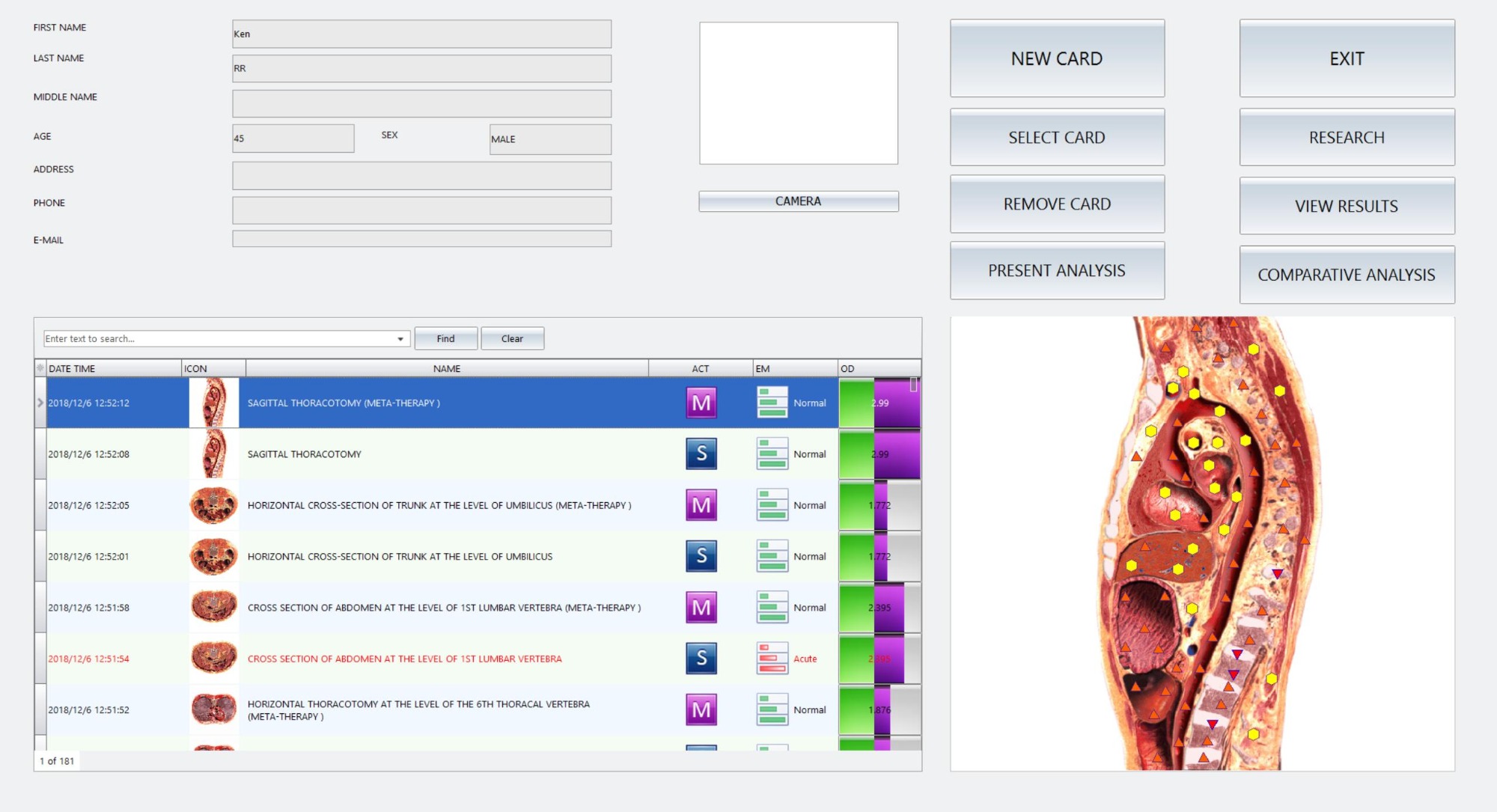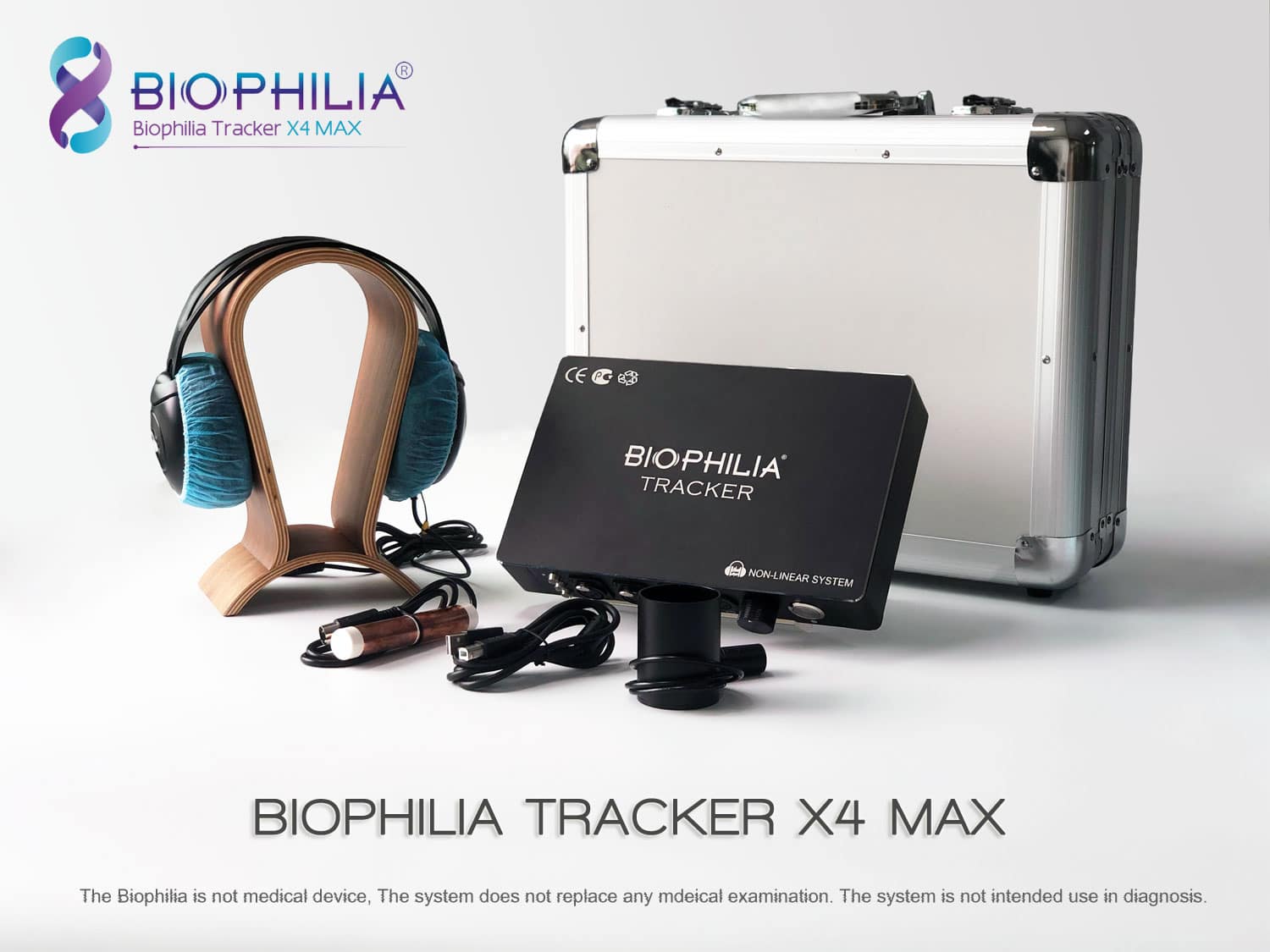
Understanding Bioresonance Biofeedback and Its Functioning
Table of Contents
How Does Bioresonance Biofeedback Work?
Bioresonance biofeedback is a unique method that relies on the distinct frequencies of each organ, tissue, and cell in our body, which are generated by the rotation of atoms within the cells. These frequencies are utilized by the brain to send instructions to various body parts via the spinal cord, nerves, and other molecular aids. Advanced biofeedback systems can tap into the brain’s bio-electrical activity, amplify neuron signals, and decode them.
One such system, the Biophilia Tracker X4 Max, is capable of tracking changes in pathology and infections by examining the characteristics of wavelengths and changes in body tissues and cells. Frequency analysis, a groundbreaking discovery in natural science, enables this process. Biofeedback systems can not only help alleviate pain but also identify specific biological issues that can be addressed through natural biofeedback therapy.
Biofeedback systems are not limited to scanning organs and tissues; they can also provide therapy based on the same scientific principles. By reversing detected frequencies, biofeedback therapy can restore balance and promote health. It is a powerful and accessible tool for those willing to explore unconventional approaches to health and wellness.
Unfortunately, many people are hesitant to try biofeedback, often due to skepticism or fear. They may only consider it after exhausting other medical options and spending significant amounts of money. However, biofeedback remains a patient, effective, and dedicated approach to regaining control of one’s health.
Devices like the BIOPHILIA, which leverage natural science, are designed to have no negative impact on the body. They can be considered valuable tools for preventive healthcare. Bioresonance biofeedback, or NLS-diagnostics, involves obtaining real-time information about the state of your health using a computer and specialized software. This data, which includes details about body tissues, cells, chromosomes, and hormones, is transmitted and instantly decoded into specific diagnoses and recommendations.
Biophilia Bioresonance Biofeedback Demo Video:
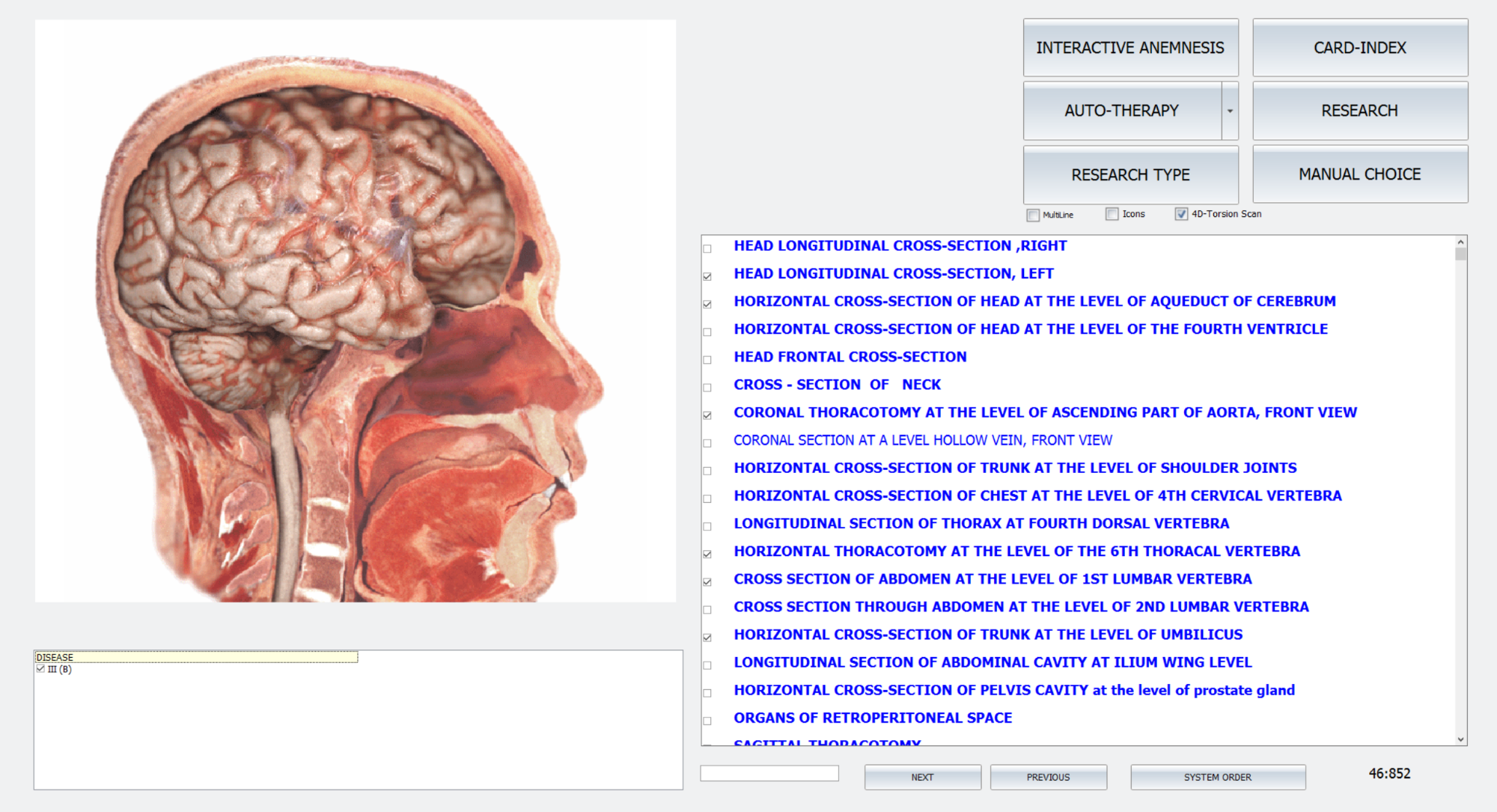
Bioresonance Biofeedback Therapy
Bioresonance biofeedback therapy is a remarkable, non-invasive approach to pain management and overall health improvement. Unfortunately, due to its divergence from conventional medicine, many people remain unaware of its existence and potential benefits. Imagine having a biofeedback system at home, allowing you to help family, friends, and neighbors with various common issues such as injuries, toothaches, digestion, fertility, and more. This technology could become an essential tool for enhancing our daily lives and overall wellbeing.
Biofeedback therapy employs the same principles as biofeedback body scanning, using the brain and central nervous system to transmit therapeutic frequencies to the individual via a bio-resonance headset. The Biophilia system contains a database of frequencies for pathogens, microorganisms, and healthy tissues. During therapy, appropriate frequencies are applied to organs and tissues for recovery, or destructive frequencies target harmful microorganisms inhabiting vital organs. Additionally, therapeutic frequencies from plants, stones, and light offer alternative therapy options and methods.
Pain is often misunderstood, and its symptoms may not directly correlate with the actual source of discomfort. Traditional medical practices often rely on patients’ descriptions of their pain to determine a diagnosis. In contrast, biofeedback technology treats pain as a crucial symptom and a reminder of the body’s interconnectedness. Instead of merely focusing on eliminating pain, biofeedback therapy acknowledges its significance and seeks to understand the underlying cause. By doing so, it promotes a more holistic approach to pain management and overall health.
Meta-therapy
Meta-therapy offers multiple options: X3, X4, and X5, providing a versatile approach to health assessment and treatment. In this process, the brain receives a signal indicating the need to examine one or more organs within the body. This signal is displayed on a computer monitor and transmitted to the subject through headphones. The signal consists of a series of electromagnetic oscillations characteristic of healthy organs, and each individual has their own unique spectrum of these oscillations.
During the assessment, questions about a person’s health are posed, and the subject’s brain provides an answer, which is then detected by the sensors. This response reflects the current state of the person’s overall health and the condition of specific organs. By using meta-therapy, health practitioners can gain valuable insights into a patient’s wellbeing, allowing for a more targeted and personalized approach to treatment.
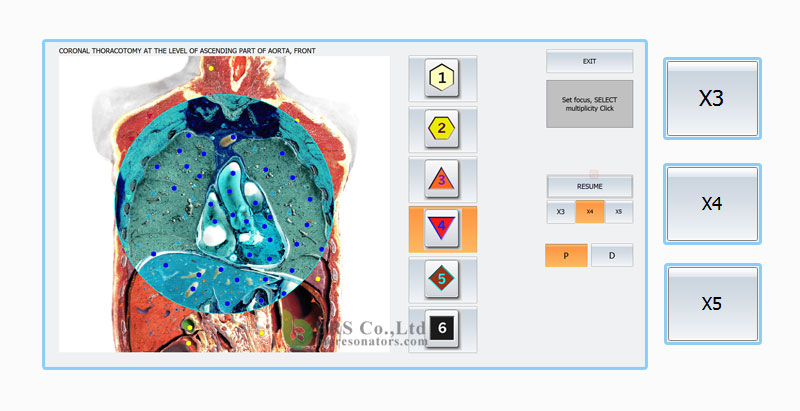
Phytotherapy & Lithotherapy
